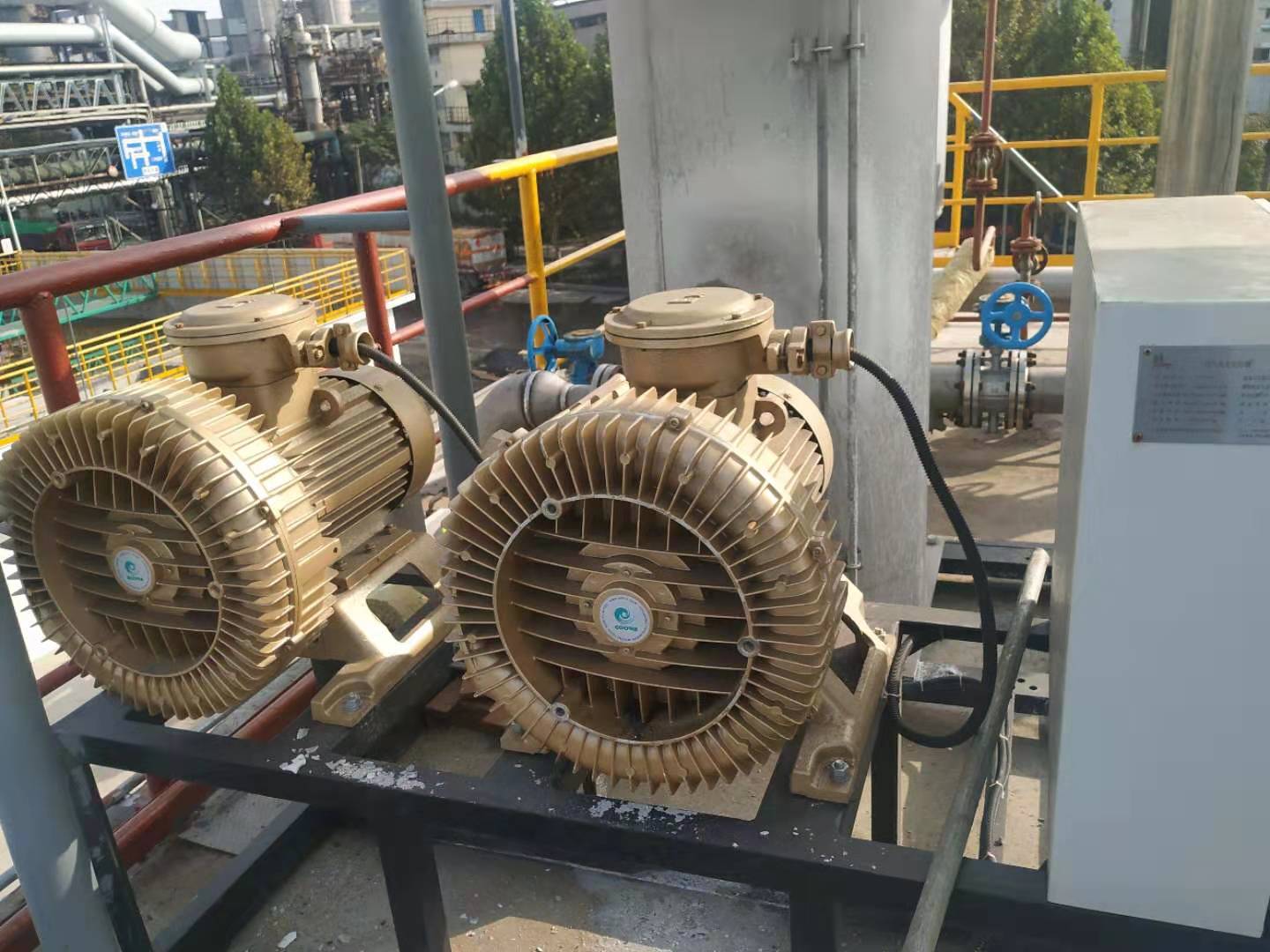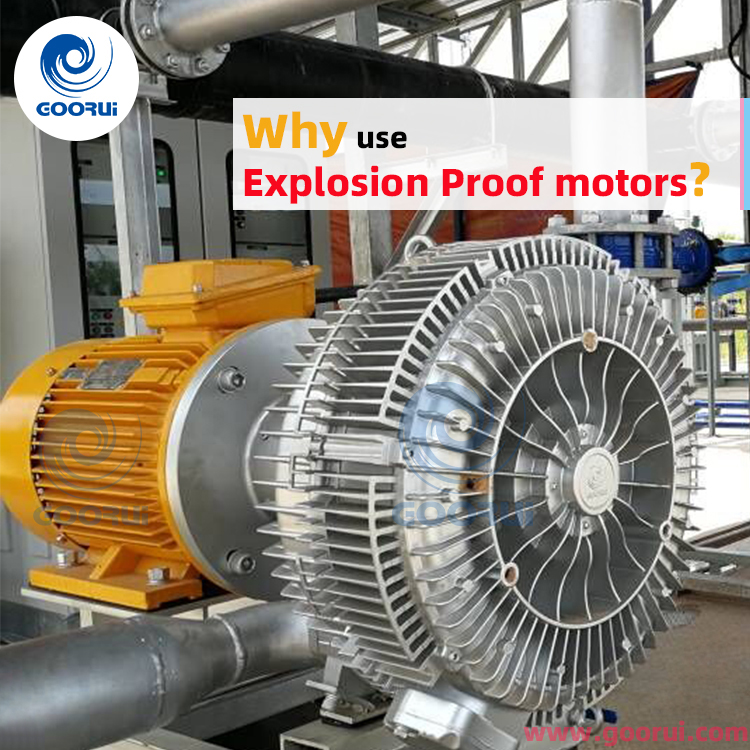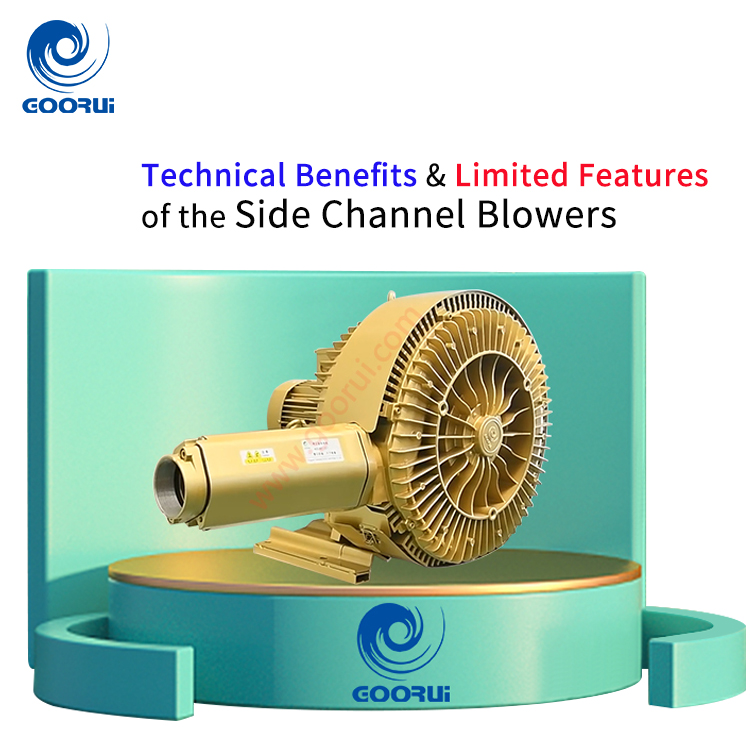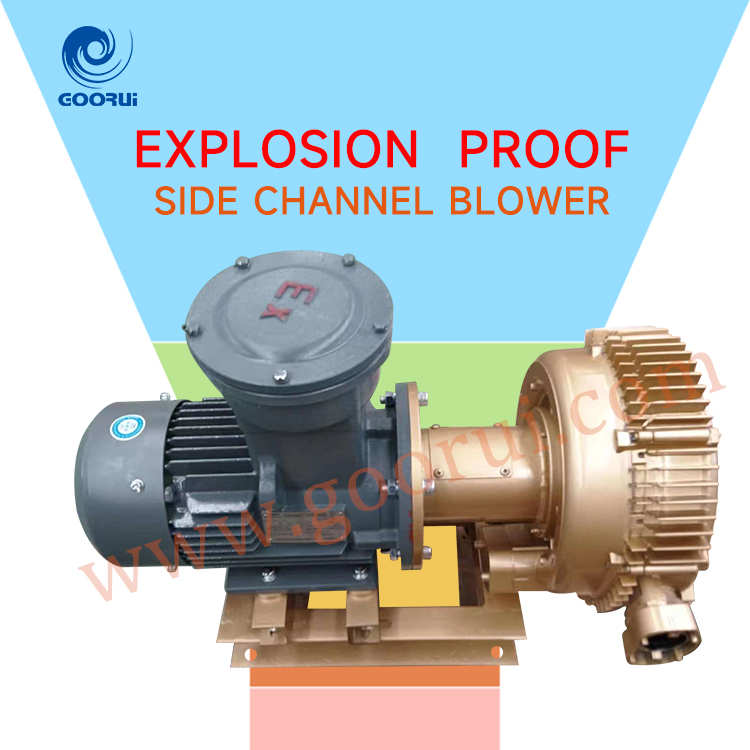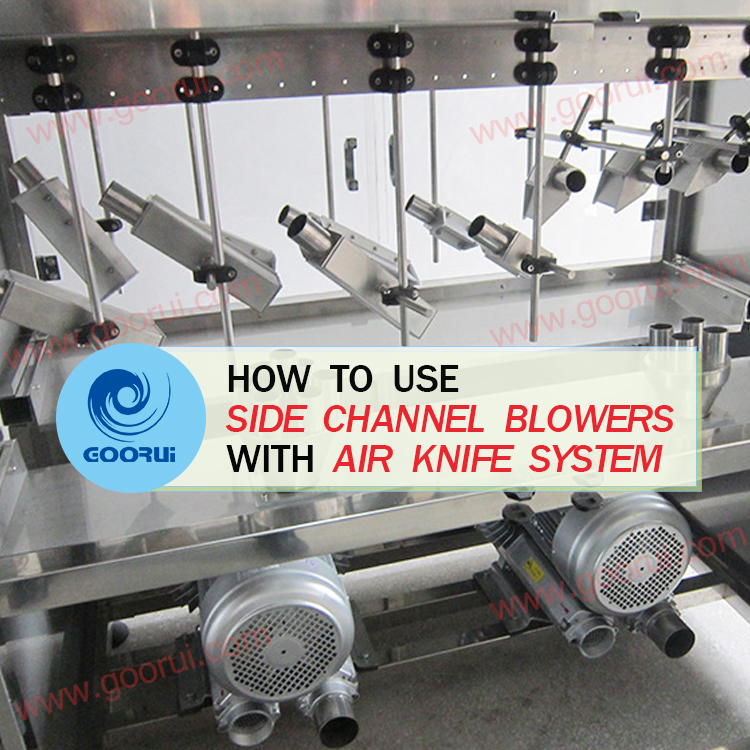Blowers can sometimes be an underestimated piece of equipment when it comes to wastewater treatment. If you are a plant operator or engineer, it is important to select and install the proper blower for your application.
First of all, it is important to understand why a blower is required when treating wastewater. Blowers are typically used to provide aeration in activated sludge plants and to promote aerobic digestion. They keep solids suspended in channels and in aeriated grit chambers, which is absolutely necessary for a proper treatment ecosystem.
The size of your blower is determined by many variables in your application. You must consider the load, flow, tank configurations, sidewater depth of the tank, and specific treatment application. A design engineer should be involved when building a new treatment facility or when drastically updating existing equipment. If you have a municipal facility, you should consider the growth that your community might experience.
A variable frequency device (VFD) and/or a dissolved oxygen monitoring device can be added to a blower to give you better insight and control over your application. This will allow you to adjust the efficiency and effectiveness of your blower if your process changes.
Selecting the proper blower should increase the plant’s efficiency and also use less energy. If you have a wastewater treatment plant our engineers can help you select the perfect blower.
Contact us for more information!


